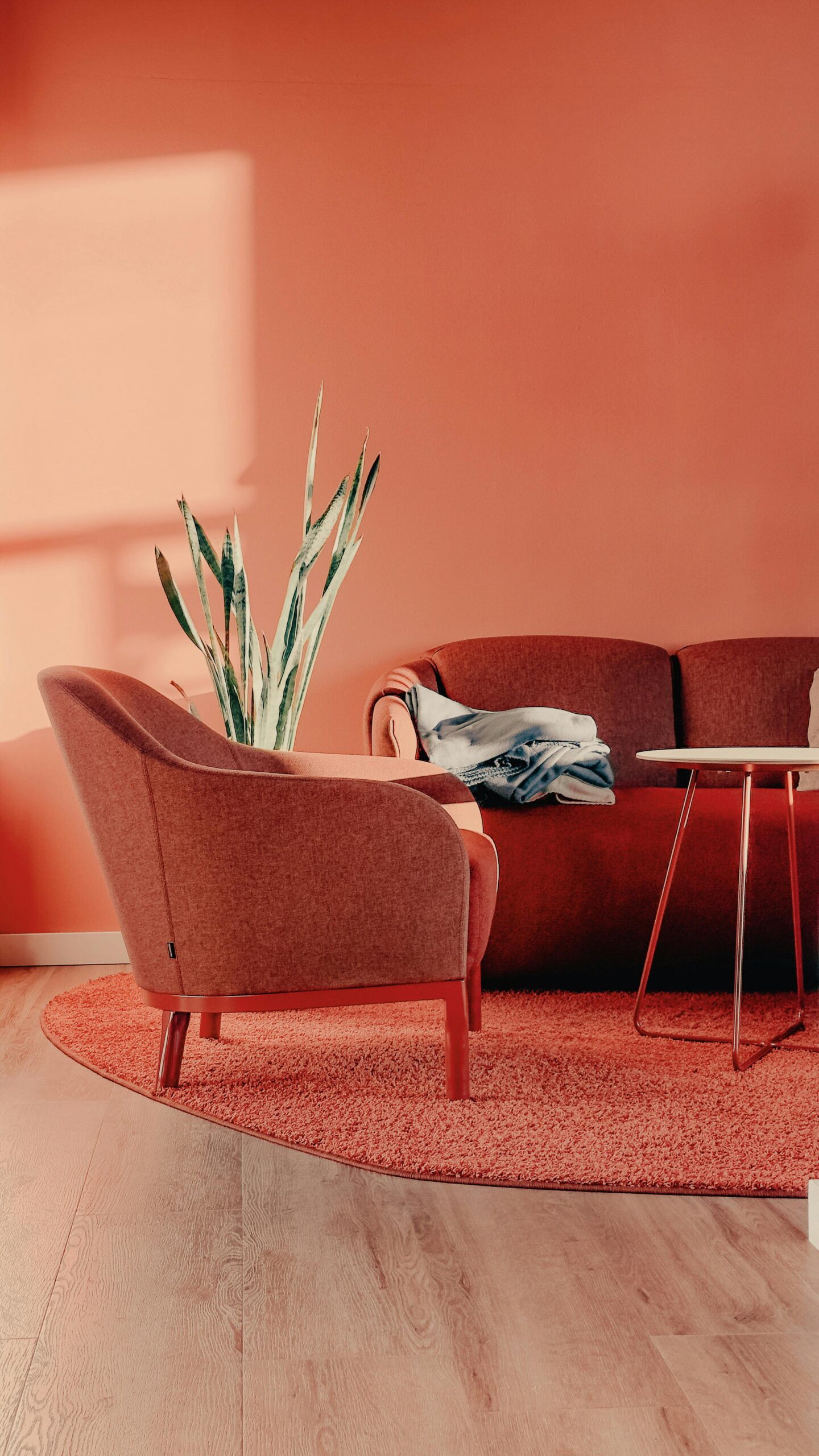Black is one of those colors that will never go out of style. From fashion to interiors to art, it stands the test of time.
When we think of “classic” in fashion and design, we often picture something that transcends trends, remaining relevant and stylish across different eras. Black embodies this definition perfectly, having maintained its allure for centuries. Its popularity is not merely a coincidence but a result of various historical, psychological, and practical factors.
The journey of black as a classic color begins with its historical significance. In early civilizations, black dye was often difficult and expensive to produce, making black clothing a symbol of wealth and status. As dyeing techniques improved, black became more accessible, but its association with elegance and formality remained.
In Western cultures, blacks gained prominence in formal wear during the 19th century. The black suit became a standard for men’s formal attire, a tradition that continues today. Similarly, the “little black dress” popularized by Coco Chanel in the 1920s became an icon of elegance for women, cementing black’s place in fashion history.
Versatility
One of black’s greatest strengths is its unparalleled versatility. It pairs effortlessly with any other color, making it a foundational element in many wardrobes and design schemes. Whether combined with vibrant hues for a striking contrast or used in monochromatic looks for a sleek appearance, black adapts to countless styles and preferences.
Moreover, black’s suitability for various occasions contributes to its classic status. From formal events to casual outings, professional settings to artistic expressions, black fits in seamlessly, offering a sense of appropriateness and sophistication across different contexts.
Psychological Associations
The psychological impact of black plays a significant role in its classic appeal. Black is often associated with sophistication, elegance, and mystery. It conveys a sense of confidence and authority, making it a popular choice in professional environments and leadership roles.
In fashion and design, black can evoke various emotions and perceptions, from edgy and avant-garde to timeless and chic. This emotional versatility allows individuals to express different aspects of their personality through their choice of black attire or decor.
Practical Benefits
Beyond its aesthetic and psychological appeal, black offers practical advantages contributing to its classic status. In fashion, black is known for its slimming effect, creating a sleek silhouette that flatters various body types. This optical illusion has made black a go-to choice for those seeking a more streamlined appearance.
Additionally, black clothing and accessories are often easier to maintain and clean than lighter colors. They are less likely to show stains or discoloration, adding to their longevity and practicality in everyday use.
Cultural Impact
The influence of black extends beyond fashion and into various aspects of culture and art. In visual arts, black has been used to create depth, contrast, and mood, as seen in the works of famous painters and photographers. In literature and film, black symbolizes sophistication, mystery, or rebellion.
Blacks have also played a significant role in various subcultures and movements. From the beatniks of the 1950s to the goths of the 1980s and beyond, black has been adopted as a symbol of non-conformity and alternative lifestyles, further cementing its place in cultural history.
Black’s classic status results from its rich history, versatility, psychological impact, practical benefits, and cultural significance. Its ability to remain relevant across changing trends and adaptability to various contexts make it a timeless choice in fashion and design.
As our aesthetic preferences and cultural expressions evolve, black remains a constant. It offers a canvas for creativity, a symbol of elegance, and a practical choice for everyday life. Its enduring appeal is a testament to the power of simplicity and the lasting impact of a genuinely classic color.
